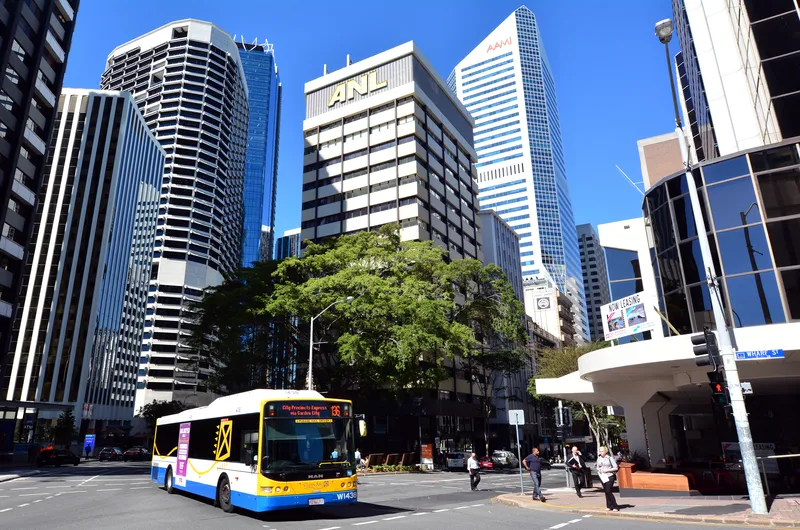According to a new market research report, Australia Intelligent Transport System (ITS) Market by application, system (ATMS, ATIS, ITS - Enabled Transportation Pricing System, APTS and CVO) and Territory (New South Wales, Victoria, Queensland, Western Australia, Rest of Australia) - Forecast to 2020, published by
The continuous innovations in this market have helped improve transportation management and reduce traffic congestion. Advanced traffic management system (ATMS) dominates the overall market. ATMS was the most successful and suitable ITS system due to its ability to monitor different functions such as real-time traffic, traffic signal control, incidents on roads, automated warnings, dynamic message signs, traffic cameras and weather information.
The report covers the Australian intelligent transportation systems market and all its market aspects such as opportunities, drivers, and restraints in detail. In this report, the overall market has been divided into three major segments-systems, applications, and territory.
This is a growing market; based on systems it is segmented into advanced traffic management system (ATMS), advanced traveller information systems (ATIS), ITS-enabled transportation pricing system, advanced public transportation systems (APTS) and commercial vehicle operation (CVO). The application segment includes fleet management and asset monitoring, traffic monitoring systems, traffic signal control systems, collision avoidance systems, variable traffic message signs, parking availability systems, traffic enforcement cameras and automotive telematics. The application of traffic signal control systems is expected to account for the largest share of the Australian ITS market during the forecast period.
The territorial split of the Australian intelligent transportation systems market has been included in the report. The overall market has been divided into five major territorial regions, namely, New South Wales, Victoria, Queensland, Western Australia, and the Rest of Australia. Among all, New South Wales leads the Australian intelligent transportation systems market. The Rest of Australia includes Southern Australia, Tasmania, and the Northern Territory. An increasing demand for intelligent transportation systems is expected from Western Australia during the forecast period.
Major players in the Australian intelligent transportation systems market are the Thales Group (France), Redflex Holdings (Australia), Vix Technology (Australia), Kapsch TrafficCom (Austria), and Sigtec Pty (Australia). Other players active in this market are Trapeze Software (US), Intelematics Australia (Australia), Navman (New Zealand), Transmax (Australia), Garmin International (US), and TomTom International (Netherlands).
Australian ITS market ‘worth US$1,130.2 million by 2020’
According to a new market research report, Australia Intelligent Transport System (ITS) Market by application, system (ATMS, ATIS, ITS - Enabled Transportation Pricing System, APTS and CVO) and Territory (New South Wales, Victoria, Queensland, Western Australia, Rest of Australia) - Forecast to 2020, published by MarketsandMarkets, the Australian intelligent transportation systems market is expected to grow at a CAGR of 14.41 per cent between 2015 and 2020, and reach US$1,130.2 million by 2020. The continuo
July 10, 2015
Read time: 3 mins









